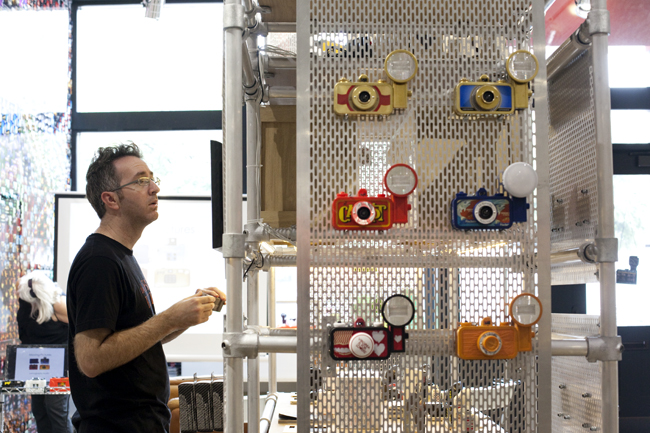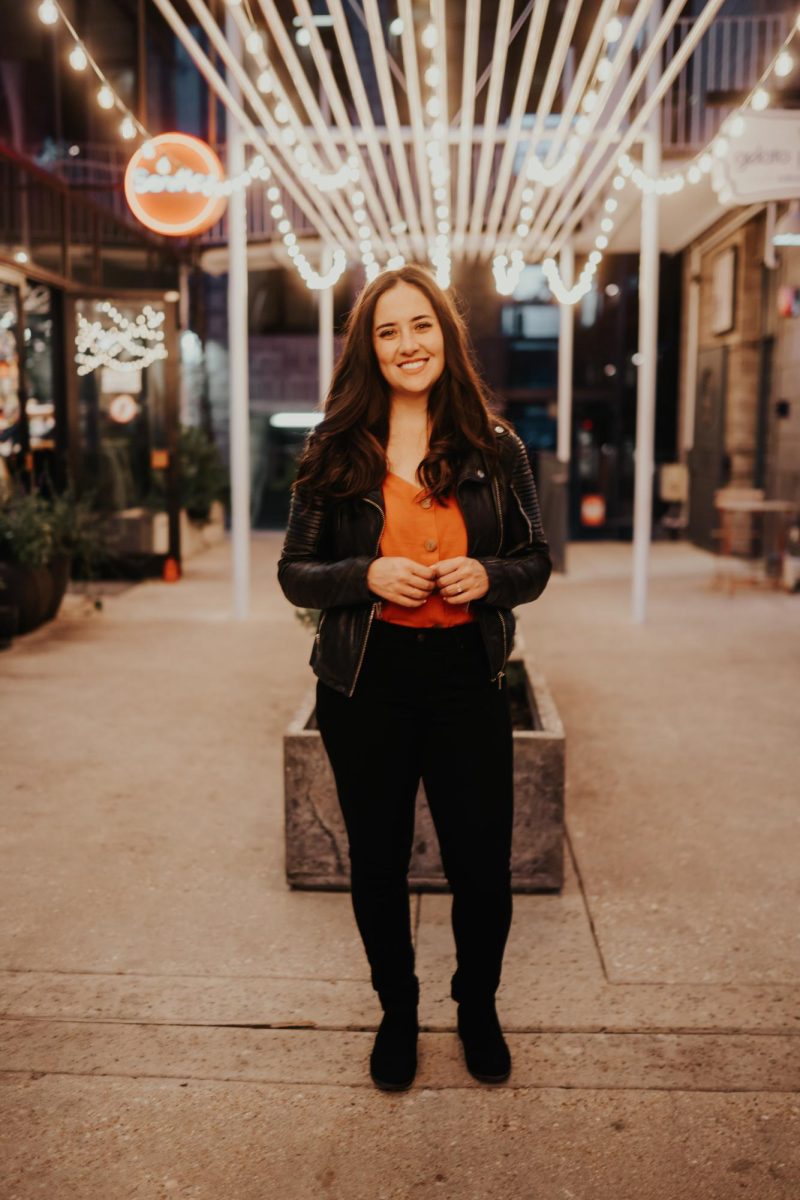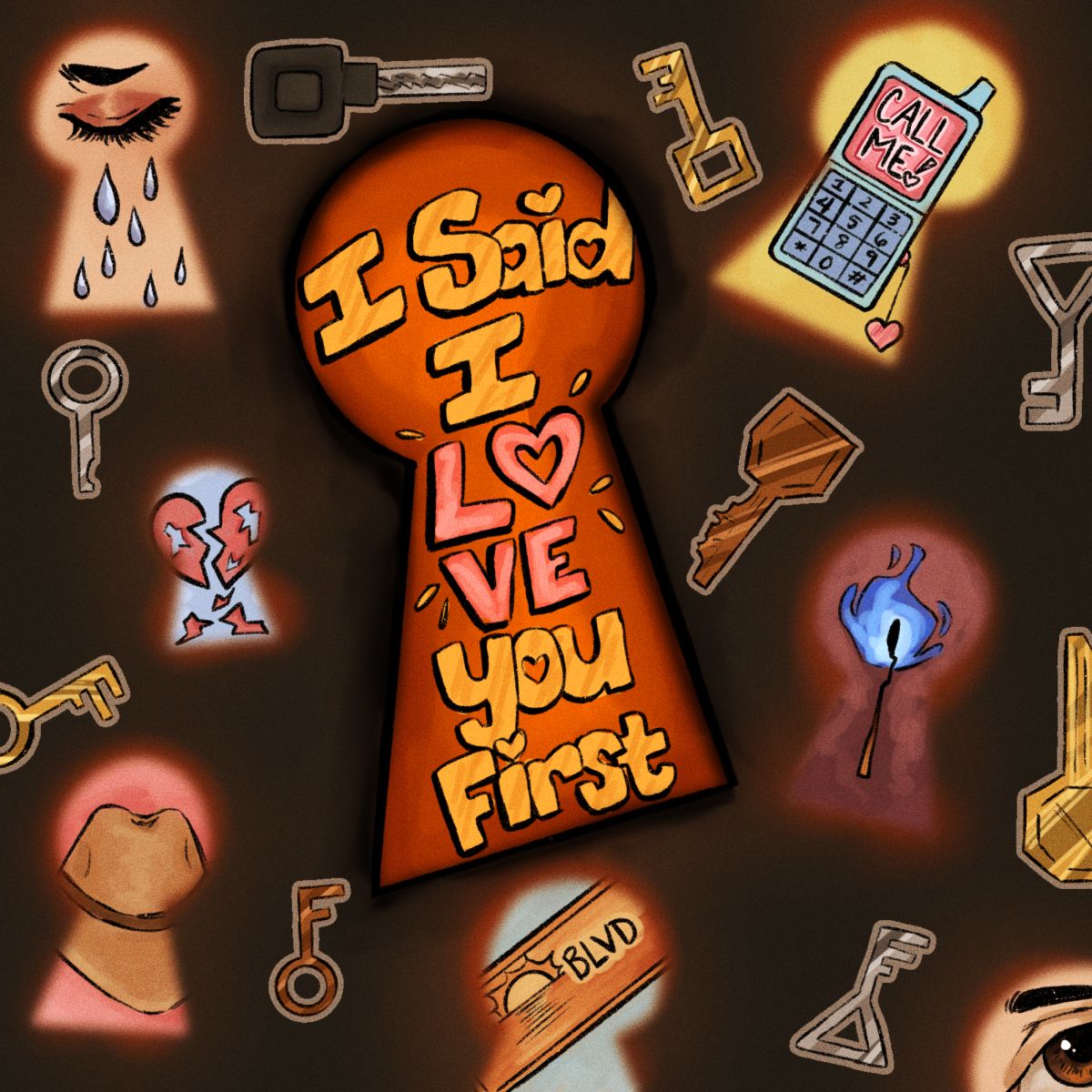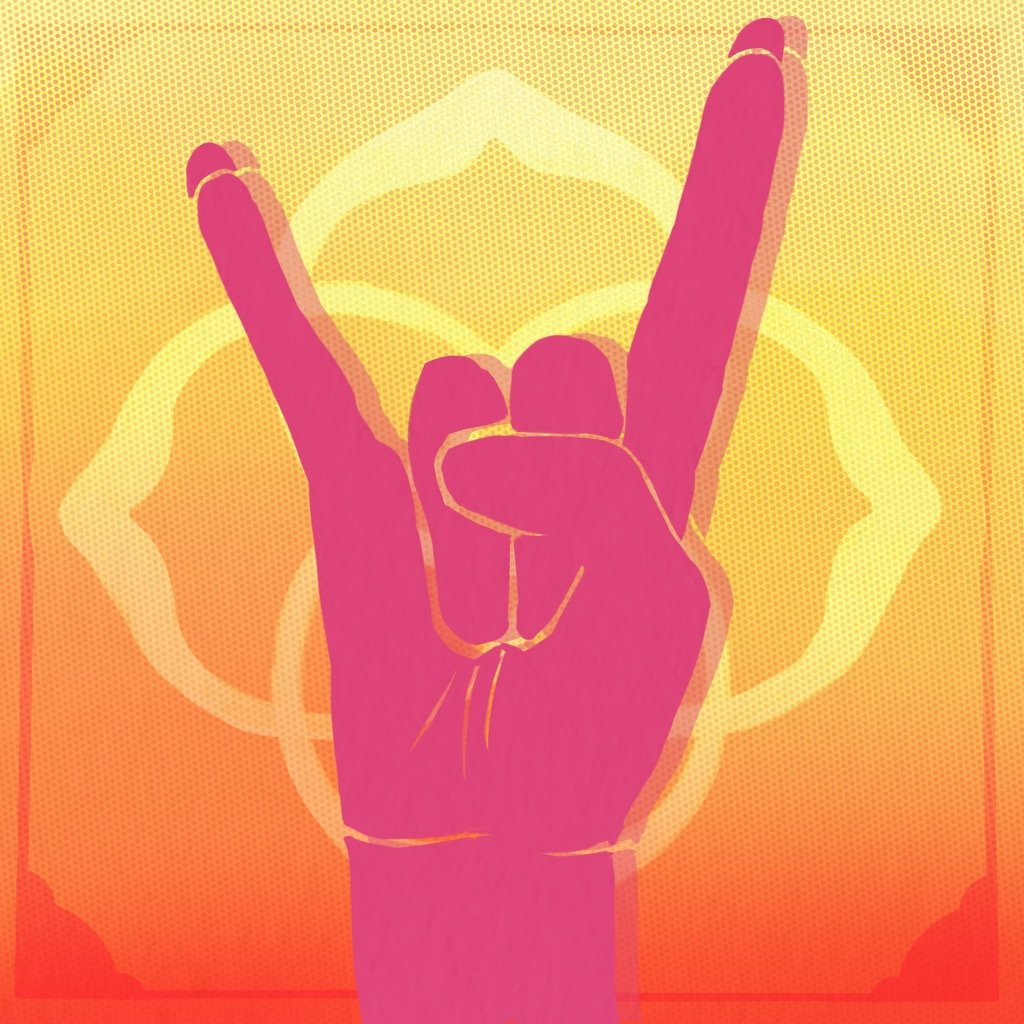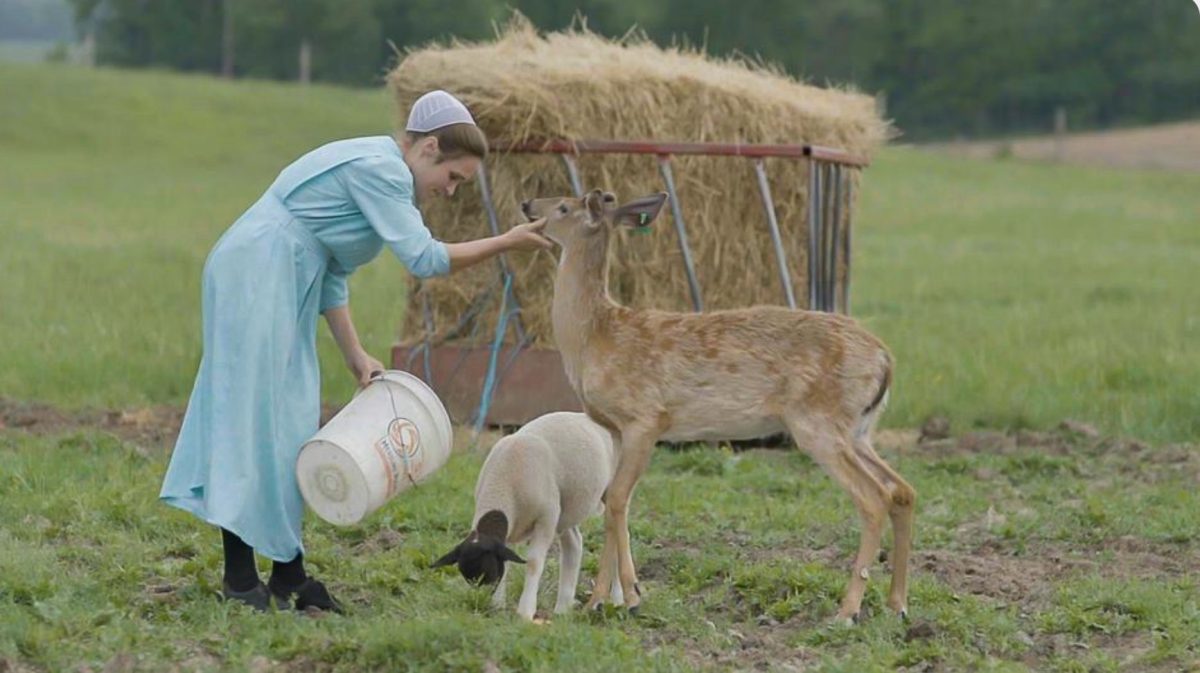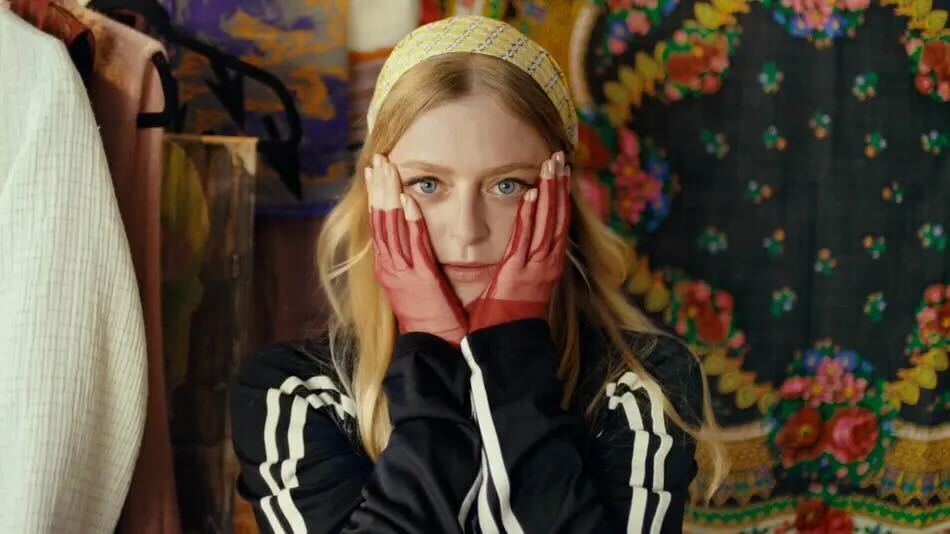Towering ceilings, glossy concrete floors and chalky limestone walls: the organic quality of Lomography Gallery Store sets a tone for inspiration that’s nearly impossible to quench. The giant space serves as a blank canvas for images filled with vibrant colors, warm vignettes and traces of movement. A tourist mesmerized by dozens of plastic toy cameras walks into the shop, whose motto is “The future is analogue,” and asks, “Do they still make these anymore?”
Meggie Hilkert, English senior and sales associate at the Lomography Gallery Store, explained how 35mm film is anything but obsolete, and talked about the accessibility of Lomography, a style of artistic experimental photography that emerged in the ‘90s.
“A little over half the people who walk into the store have never shot film before,” Hilkert said. “I think people can get excited about Lomography because we’re not professionals, and that’s the big difference between us and other camera stores in town.”
Lomography started when a couple of Austrian students were traveling in Prague in the early ‘90s. They came across a camera called the Kompakt Automat, a small Russian camera. They soon realized they could get incredible shots with a lot of saturation and some vignetting, which frames the shot, from a camera that looks deceptively toy-like, and later founded Lomography. The company encompasses a website, lomography.com, a magazine and a chain of stores that stretch across the globe, including the Austin location, which resides in the historic district downtown.
For Hilkert, Lomography cameras are made more to have fun than to be precise, and focus on the technical side of photography. She’s collected up to 11 cameras and refers to them as her “kids.”
“Lomography is a way of life, and it changed the way I see the world around me,” Hilkert said. “I always have a camera with me since they’re so light; multiple cameras fit in my bag at once.”
Cameron Russell, a territory manager at Lomography who has been shooting with Lomography cameras for the past three years, would not have found a passion for photography if it were not for Lomography in the first place.
“When I was younger I felt like photography was an interruption,” Russell said. “When my parents would take pictures they’d take time to change the settings on an SLR; as a kid, I’d just be bored.”
Russell said the cameras altered the way he perceives taking a picture. They were simple enough that they wouldn’t take him out of the present moment in order to take a picture.
He said he began shooting through the Lomo medium with an amateur group of people in town. They soon became the Lomo Collective of Austin, and would invite people around town to join in snapping shots around the city. They offered the option to lend a Lomo camera to those who were interested, but did not own one of their own.
“[The collective was] already trying to build a [Lomography] community in Austin,” Russell said. “So, when I found out [the international Lomography company] was looking to hire someone in Austin to manage the store, I applied.”
Russell applied for what he thought was a managing position for the store and ended up interviewing for territory manager, a position which overlooks 13 states. Austin is the first store out of many that Russell is in charge of opening up. There are six Lomography Gallery Shops in the United States: two in New York, one in Santa Monica, Los Angeles, San Francisco and, as of December, Austin.
The gallery typically holds biweekly workshops on Wednesdays and Saturdays to reach out to the community and spread the word about Lomography.
The workshops don’t require participants to take their own Lomography camera to class; the gallery provides a loaner to newbies, along with a roll of film. There is a beginner’s lecture that goes through different techniques for the featured workshop camera, followed by a shooting session in which the instructor and participants walk downtown and take pictures.
Cole Sorensen, a high school junior and regular at the Lomography Gallery, often attends workshops with his family.
“They’re a fun experience and a good way to spend time with the family on the weekend,” Sorensen said. “My favorite workshop was a trip down to the zoo where the shop loaned us three cameras.”
Sorensen purchased a Lomokino, a Lomography camera which captures video by rotating a lever, about three months ago.
“I want to go to school for cinematography, so the options I can get from the camera are cool,” Sorensen said. “I like the flow of a Lomokino. It makes really cool movies and you can do a lot with it, because it captures a lot of movement.”
The store sells cameras which create a variety of effects. Several makes have a fish eye lens, which allows proximity to the subject matter, while others have wide-angle lenses that are able to capture a panoramic shot. Some cameras have multiple shutters, which allow an image to produce up to four shots in a matter of seconds.
There are multiple options for external flashes and a variety of filters that manipulate color, as well as a Lomography camera with underwater capabilities. Other models are appealing because of their small size, made to be easy to carry on-the-go.
Emily Stivison, a St. Edwards University graphic design junior, uses a Diana Mini model that was given to her as a Christmas present. She attended the store opening last December and was fascinated to see the many options of cameras at the gallery.
As a graphic design student, Stivson said Lomography gives her an appreciation for other modes of image creation.
“I think taking nighttime photos are the absolute easiest because it’s fun to flash people in their face without them expecting it,” Stivson said. “I especially like to take candid photos, and Lomography has made it clear to me [that] I want to be a documentary photographer.”
Printed on Monday, April 16th, 2012 as: Ooh la la Lomography!

